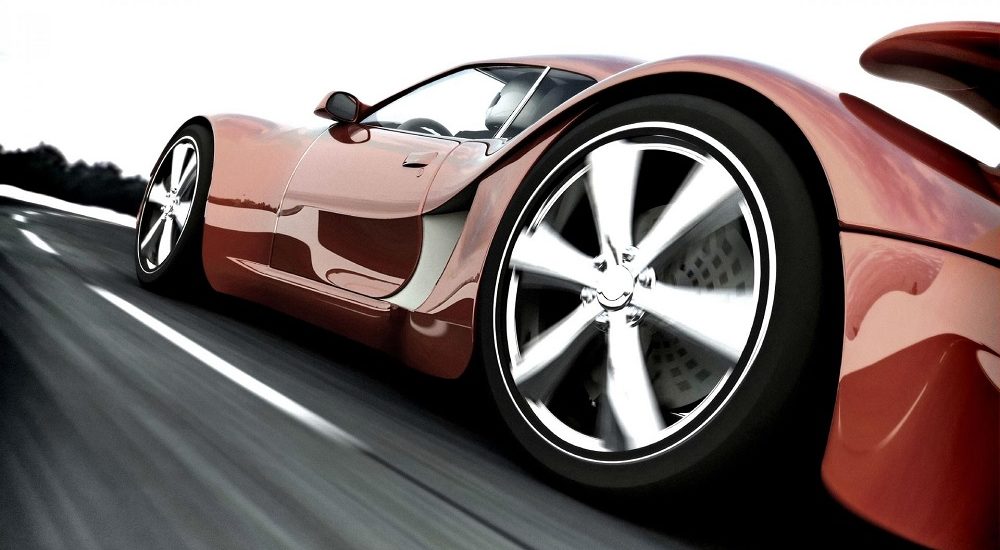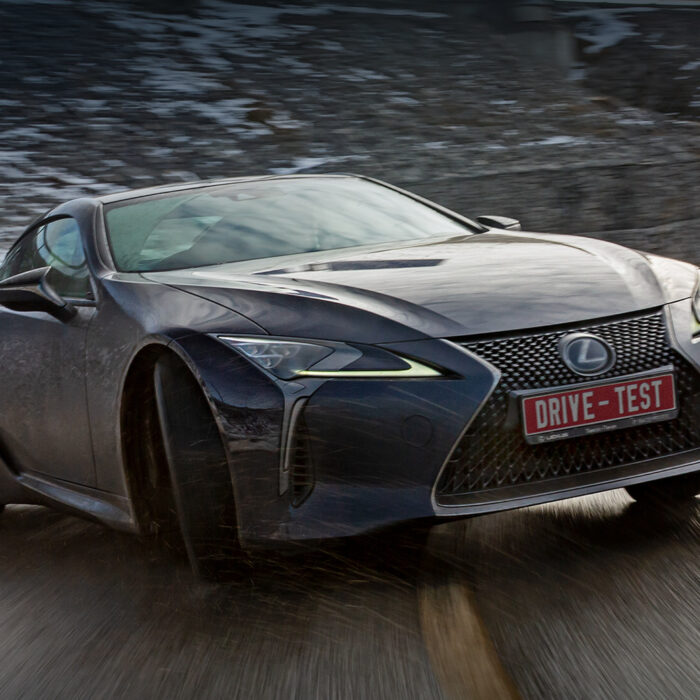Each car manufacturer strongly recommends a certain type of disk size. This information can be found in a service book or on a sticker in the driver’s door aperture, next to information about tire size and pressure. Non-compliance with these requirements may affect driving performance or cause a rapid wear of suspension. When choosing car wheels, one must be able to “read” numbers and letters in the marking.
Let’s look at the disk marking using the example of the currently popular Kia Rio New. The manufacturer recommends the 6J15 PCD4-100 et48 DIA 54.1 disks for installation. Let’s figure out what this marking is and decipher it, but first look at the main disk dimensions.

6J15
The number 6 means that the rim width is six inches. J indicates that the size is in inches, 15 is the rim diameter in inches.
PCD 4-100
These numbers indicate that the disk has 4 fixing bolts holes and PCD of 100 millimeters.
Et-48
The most important parameter indicates the disk offset. Non-compliance with this parameter may subsequently lead to many problems.

Offset less than the recommended makes the wheelbase wider, thereby increasing the load on the suspension due to a shift in the wheel’s center of gravity. Also, reduced offset result in wheels touching the arches. Offset more than the recommended shifts the wheels inward, thereby reducing the car’s stability. Also, the wheel with an increased offset can cling caliper. Don’t fall for the tricks of sellers, choose the offset specified by the manufacturer of your car.
DIA 54.1
This is a diameter at rim seat. If this indicator is less than one specified by the manufacturer, the disk simply won’t fit the hub. When this indicator is more – it is not so scary, such a disk can be installed, but spacer (centering) rings are required. It should be noted that even with the use of spacer rings, an imbalance of the balanced wheel can be observed.
Some experts believe that centering rings are useless. Why? The fact is that the central hole and its diameter play absolutely no role in centering and fixing the wheel. The latter is centered and fixed only with the tapered part of bolts, and nothing else.
Just put a standard disk (the diameter of its central hole coincides with the diameter of the protruding part of a hub) on a hub and tighten the conical bolts (everything is exactly the same with conical nuts). The wheel is on its place; there are no questions here.
Now, let’s take a disk with a non-standard, larger hole, and put it on the hub without a centering ring. Not perfect, with an offset.
Tighten the bolts calmly, evenly, crosswise with a hand wrench – without a pneumatic one, which sometimes able to distort the disk. Cones of bolts enter cones of holes, and the wheel is automatically placed strictly in the center of the hub, regardless of the presence or absence of a centering ring and regardless of the diameter of the disk’s central hole, which can be of any type!
Centering with cones (or hemispheres) is an old, proven technique very often applied in a wide variety of mechanisms, and it is fully used in the case of wheels. The centering of a disk with a central hole doesn’t supplement tapered fasteners; it’s simply not provided for by engineers who designed the car.
However, in addition to centering “spherically in a vacuum,” the popular myth of centering rings involve the behavior of the wheel in motion. Many people think that because of the emptiness in the place where the centering ring is supposed to be located, the disk can shift relative to the hub due to the impact of the car’s mass and driving on uneven surfaces. They believe that imbalance and wheel wobble will appear. This leads to the conclusion that the ring performs not only the centering, but also the supporting role.
This view is even more terribly wrong. It is easily dispelled. You should only imagine the forces acting (theoretically!) on the centering ring, if it would play a supporting role.
What are the rings made of? Thin plastic or aluminum, i.e. extremely soft and ductile materials that are absolutely unable to withstand loads, even remotely similar to those that the wheel disk experiences in motion.
It turns out that enormous forces influence on a very small area of the ring. If the spacer in form of a plastic ring actually performed even the smallest support role, it should have been made of solid steel. On the very first few bumps, plastic or aluminum would be seriously deformed – so that the damage could be overlooked with the naked eye.
However, after any mileage, even a flimsy plastic spacer doesn’t have any marks of pressure and wobble… The reason is that the tapered surfaces of the bolts, and only they, centre and hold the wheel. The role of the ring is zero, it doesn’t affect neither the wheel wobble, nor the fixing strength.
Therefore, you can safely purchase and install non-standard wheels, if their price is good for you and they fit all dimensional parameters, except the central hole diameter. No “centering rings” are needed to compensate for the enlarged hole.
However, there are tricky wheel fixing bolts – with sliding eccentric cones. This is a tuning accessory that allows you to combine the hub and the wheel with different PCD without welding, holes redrilling and “pancakes”, changing the offset. For example, put 4×100 wheels on 4×98 hubs. Such tricky bolts are not the best technical solution, but, nevertheless, it exists and is sometimes used. In order to mount a wheel, which central hole diameter is larger than the hub, with such bolts, avoiding skew, it is highly desirable to use a centering ring. In such cases, heat-resistant polycarbonate and aluminum centering rings for alloy disks are desirable.

Regardless of whether you can read a marking of wheel disks or not, only a person having a driver’s license can get behind the wheel. It’s also extremely convenient and useful when the latter is international. It’s easy to process an international driver’s license on our website. Don’t miss this opportunity!

Published March 15, 2019 • 5m to read






